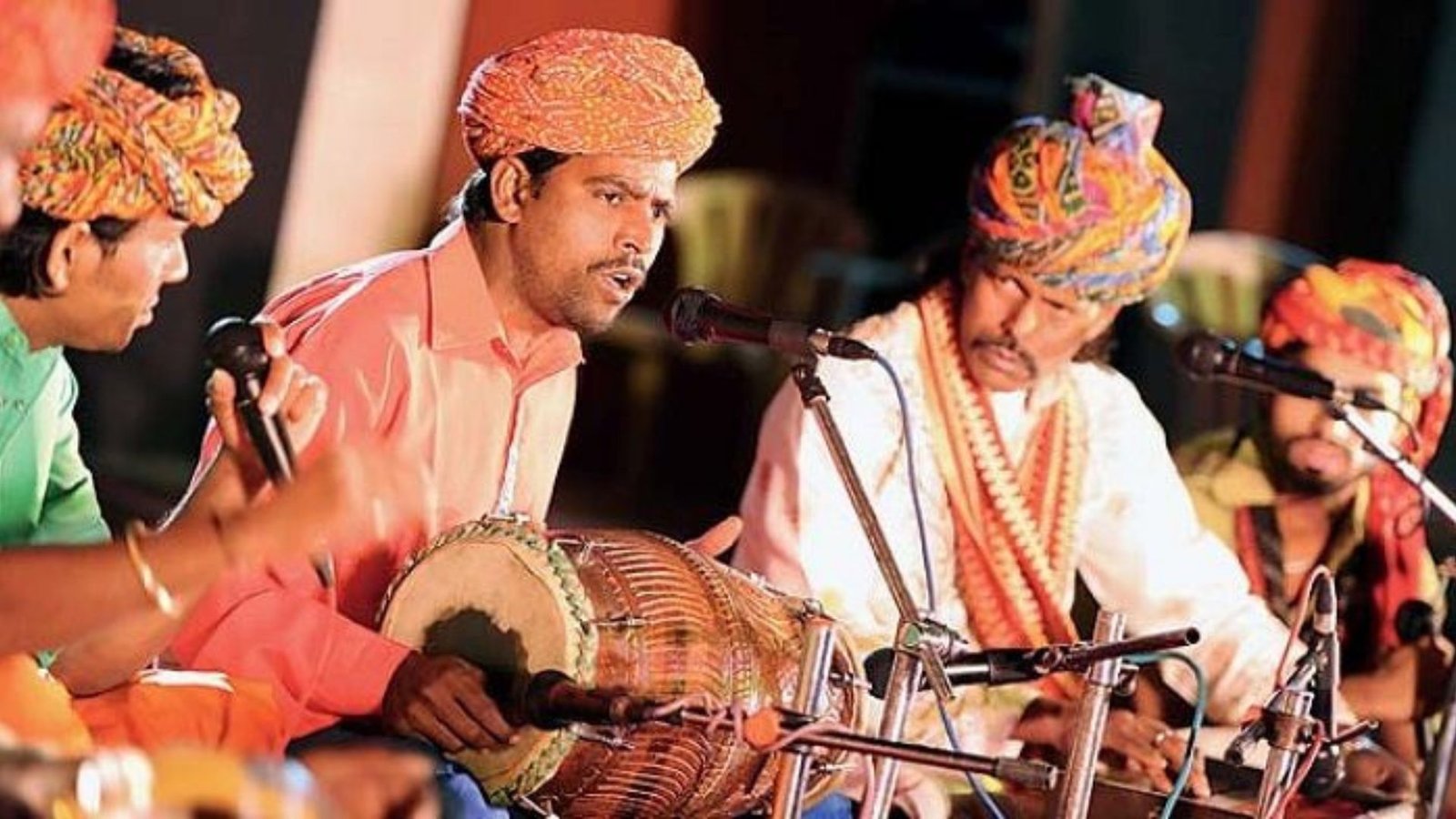Indian folk music has a deep and vibrant history that reflects the diverse cultural traditions of India. If you want to understand and appreciate this rich heritage, here are some ways to engage with the history of Indian folk music.
**1. Listen to Traditional Folk Music
A great way to begin exploring the rich history of Indian folk music is by listening to traditional tracks. Each region in India has its folk traditions, from the Bhangra of Punjab to the Baul songs of Bengal. By listening to these genres, you get a sense of the varied musical styles and cultural expressions found across the country.

**2. Attend Folk Music Festivals
Participating in folk music festivals can provide a live experience of Indian folk traditions. These festivals often showcase performances from different regions, allowing you to see and hear the richness of Indian folk music firsthand. Festivals are also a chance to interact with artists and learn more about their music.
**3. Read Books on Indian Folk Music
Reading books that focus on the history of Indian folk music can provide detailed insights. Look for books that cover the origins, evolution, and key figures in Indian folk music. This can help you understand the context and significance of various folk traditions and how they have shaped India’s musical landscape.
**4. Watch Documentaries and Films
Documentaries and films about Indian folk music offer a visual and auditory exploration of its history. These media often include interviews with musicians, footage of performances, and discussions on the cultural impact of folk music. Watching these can enhance your understanding of how Indian folk music fits into the broader cultural narrative.
**5. Learn from Local Music Teachers
Learning from local music teachers who specialize in folk traditions can offer a hands-on approach to understanding Indian folk music. These instructors can provide lessons on traditional instruments, vocal techniques, and the history behind various folk genres. Personal instruction can deepen your appreciation and connection to the music.
**6. Visit Museums and Cultural Centers
Museums and cultural centers dedicated to Indian music often have exhibits on folk traditions. These places may feature artifacts, recordings, and historical information about Indian folk music. Visiting these locations can give you a more comprehensive view of the music’s history and cultural significance.
**7. Join Folk Music Workshops
Participating in workshops focused on Indian folk music can be both educational and enjoyable. Workshops typically cover various aspects of folk music, including its history, instruments, and performance styles. Engaging in these activities allows you to experience folk music more interactively.
**8. Research Online Resources
The internet offers a wealth of information on the history of Indian folk music. Websites, online archives, and digital libraries can provide access to recordings, articles, and historical documents. Exploring these resources can help you gather more information about different folk traditions and their origins.
**9. Connect with Folk Music Enthusiasts
Connecting with other enthusiasts and scholars of Indian folk music can be very enlightening. Joining forums, social media groups, or local clubs dedicated to folk music allows you to share insights, discuss various aspects of folk traditions, and learn from others who share your interest.
**10. Study Folk Music Lyrics
Understanding the lyrics of folk songs can offer valuable insights into the cultural and historical context of the music. Many folk songs tell stories of local legends, historical events, or everyday life. Analyzing these lyrics can provide a deeper understanding of the themes and messages within Indian folk music.
**11. Explore Regional Variations
Each region of India has its own unique folk music traditions. To fully grasp the richness of Indian folk music, explore the different regional styles and practices. From the Garba of Gujarat to the Lavani of Maharashtra, learning about these variations can highlight the diverse cultural heritage of India.
**12. Attend Traditional Performances
Watching traditional folk music performances allows you to see the music in its authentic form. These performances often include traditional instruments, costumes, and dance, providing a complete sensory experience. Observing these elements can give you a better appreciation of the music’s history and cultural roots.
**13. Explore Folk Music in Local Communities
Visiting local communities where folk music is a living tradition can offer firsthand insights. Many rural areas in India continue to practice and perform folk music as part of their daily lives and cultural celebrations. Engaging with these communities can give you a deeper connection to the living history of Indian folk music.
**14. Listen to Historical Recordings
Listening to historical recordings of Indian folk music can provide a sense of how the music has evolved over time. These recordings can reveal changes in style, instrumentation, and performance practices. Accessing archives and historical collections can help you understand the development of folk music traditions.
**15. Participate in Cultural Exchanges
Cultural exchange programs that focus on music can provide opportunities to learn about Indian folk music from practitioners and experts. These programs often include workshops, performances, and discussions, allowing for a comprehensive exploration of folk traditions.
Conclusion
Exploring the rich history of Indian folk music involves a variety of approaches, from listening to traditional music to engaging with local communities and studying historical records. By immersing yourself in these different aspects, you can gain a deeper appreciation for the vibrant and diverse traditions that make up Indian folk music.

